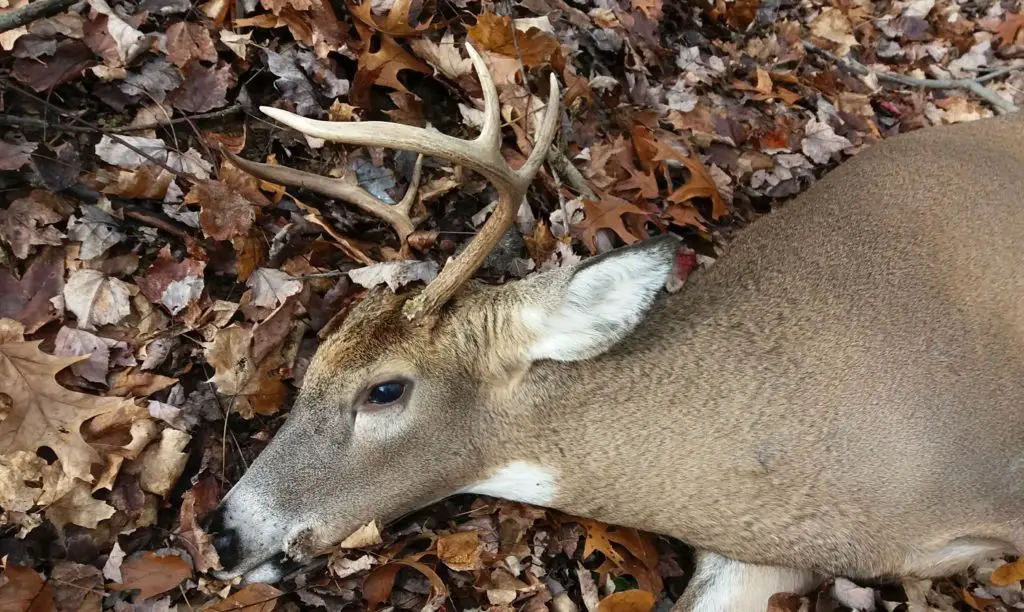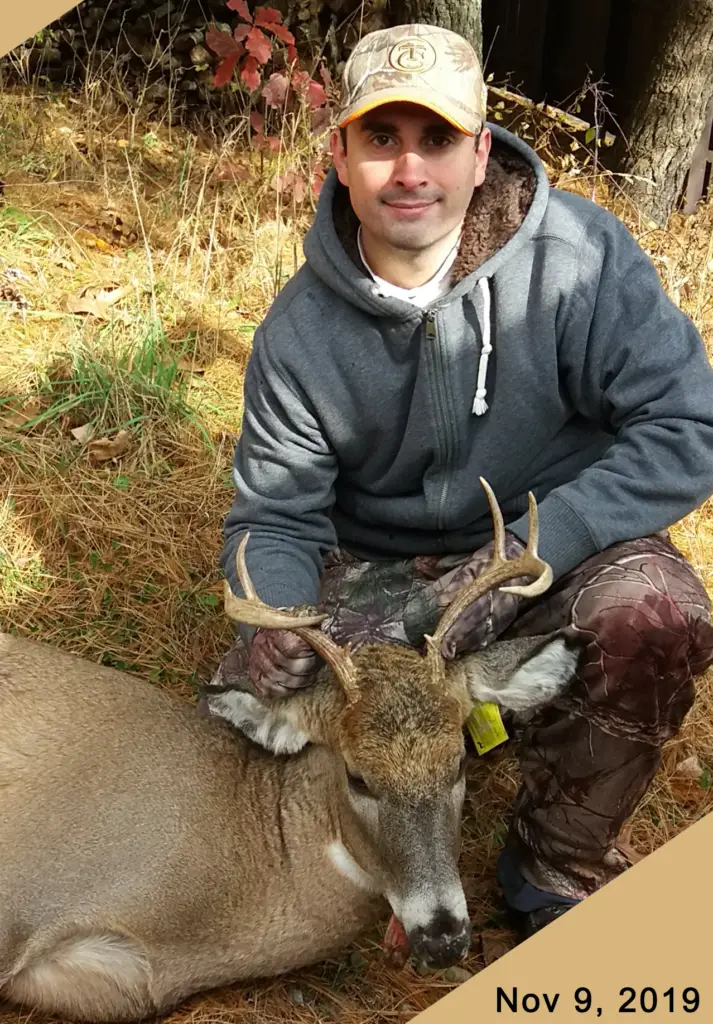The deer attractants, scents, and lore’s industry is enormous and confusing and there are big marketing budgets trying to get your attention. On today’s episode I talk about the fundamental things new hunters need to know about this subject to be successful. You do not need to pour money into scents to hunt deer, in fact, they may hinder your hunt.
Remember, there are things deer need, deer like, and deer are intrigued by. They need food, every day, about 5 times per day and if you can give them that or find where they go for it, you will have an advantage that is much larger than any scent. They like edge, cover, and habitat diversity, and if you can locate or create that, you will give them an area that they enjoy coming and staying. Whitetails are intrigued by licking branches, mock scrapes, and other whitetails. Adding those can sweeten the pot to draw them to an area day after day, all season long.
The best attractants focus on what deer need and like. Deer are going to go somewhere to eat and bed, every day, no matter what. If you can find or create that, you have no need for lures and scents. The lures are only useful for a short time each season, but good habitat and food is useful every single day of the season.
The less helpful attractants are only helpful some of the time. Lures may help sometimes, but they may also hurt sometimes. Other times they have no effect at all or they only interest younger bucks while repelling older ones. The cons often outweigh the pros. And the costs can be high. If you can find out what deer must have and use it to your advantage, you will have the best chance for success.
It is true that bucks are looking for does during the rut. But there is something else they are looking for on those days, and every other day before and after. It is best to provide what will perceive as more natural. Scents and lures may come across as natural but often they are not applied naturally, they get mingled with human scent, they are put in areas that bring deer in downwind from the hunter which causes other issues. Food, cover, and bedding don’t have this problem. So, remember that the value of an attracting scent can be overridden by the liability of the human scent you leave behind trying to spread it.
You want to avoid marketing gimmicks, no matter how tantalizing they may seem. Even things that do work, usually don’t work half as well as their marketing promises. And many things don’t even work that well. Scents and lures are of questionable effectiveness most days. Better to apply funds and focus on things that appeal to deer year-round and do not depend on the perfect day, wind, and chain of events to help you.
Listen to this podcast episode to hear more!
If you are looking for ways to see more bucks during the hunting season, check out this video I did as well:


